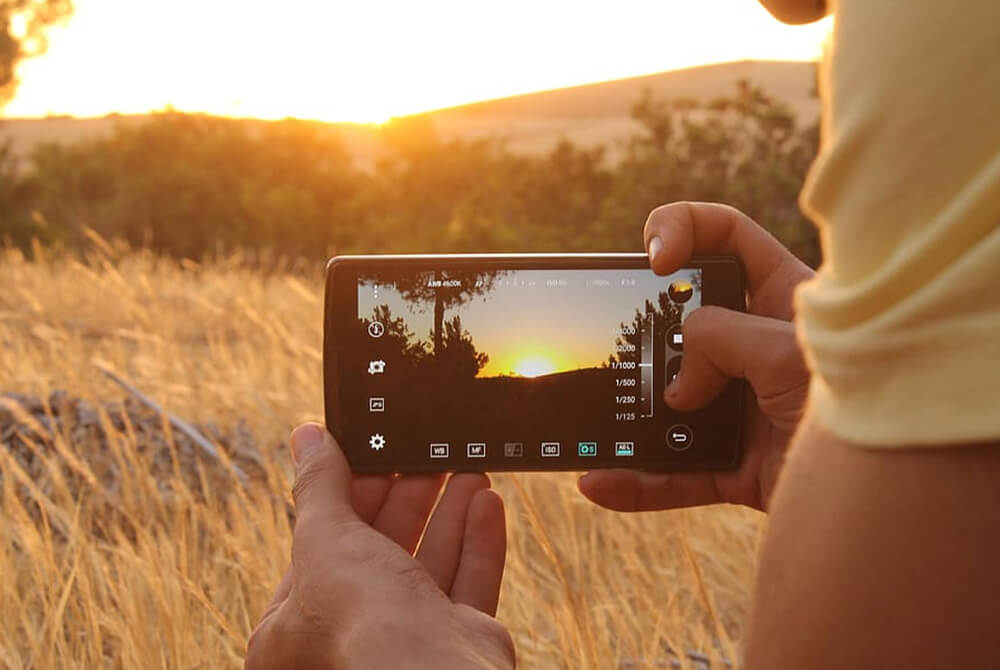
10 Ways to Give Back to Donors for Better Church Health
Finding ways to give back to your donors has always been an integral part of maintaining church health. With tithing levels decreasing in recent years and many faithful congregants skipping services due to COVID-19, though, properly thanking your contributors has become more important than ever.
Churches are going through difficult times right now, so holding on to consistent givers and converting first-time contributors into repeat donors is essential. Giving back to the faithful is the way to accomplish this, and the following strategies will help you do just that.
1. Give an Immediate ‘Thank You’
Your donors shouldn’t have to wait for a ‘thank you’ after giving. Donor engagement should start immediately after a financial gift, and this is as simple as creating a donation thank-you page. Regardless of the size of a gift, instant acknowledgement lets people know that their efforts are appreciated.
A thank-you email is also advisable after any gift. Your virtual giving software or website should already be sending out a message to let donors know their donation was processed. This is the perfect opportunity to show a bit of additional gratitude for the contribution.
2. Create a Thank You Video

Knowing how to create a donor thank-you video is one of the most vital aspects of leading your congregation. These can serve a variety of purposes – from messages for individual donors to progress videos for important ministry work – and are one of the most diverse ways of giving back to donors.
Consider the following situations when thank-you videos are important:
- Initial thank-you message for donation.
- End-of-campaign messages.
- Project completion.
- Personalized videos for major donors.
- Year-end messages.
Sending a thank-you video in each of these scenarios shows the importance of continued donor engagement. Around 98 percent of all church revenue comes from tithing and donations, so consistently engaging with your congregation is essential.
3. Actual Gifts are Better for Church Health
While offering a physical gift to everyone who tithes in your church isn’t financially advisable, giving back to donors who reach certain thresholds can have a positive effect. While many parishioners will simply drop a few dollars in the offering plate, consider the following gifts for those who make contributions online:
- Bookmarks.
- Address labels.
- Stickers.
- Biblical calendars.
- Greeting cards.
- Pencils/pens.
- Notepads.
These are all inexpensive items that require very little investment – especially relative to the average $800 that churchgoers give to their houses of worship yearly. This method of giving back to donors should be used sparingly, though, so consider the many other engagement strategies provided in the DonorWerx course material.
4. Have a “Donor of the Month” on Social Media
One of the most unique methods of donor acknowledgement is creating a “Donor of the Month” post on social media. Facebook, Twitter and other platforms will allow you to “pin” these posts to the top of your page, so everyone who visits will immediately see one of your most important contributors.
While choosing a donor at random is certainly acceptable, it’s better to utilize this opportunity to showcase your best contributors. Is there a certain congregant who gives consistently and donates their time? Has a particular sponsor given a large donation?
Giving back to all donors is important, but for your monthly social media recognition, focusing on the most generous doesn’t hurt.
5. Send Thoughtful Messages
Donor engagement involves much more than a one-size-fits-all email sent every so often. Think of ways that your messaging can be more thoughtful. Having a complete donor database is essential for church health, ,but it can also help with sending messages. If your data includes congregants’ birth dates, for instance, a quick “Happy Birthday!” message can go a long way in reminding contributors that they are important.
6. Personalize Your Messages
When choosing methods of giving back to donors, you need to focus on personalization. Whether it’s an email shoutout, social media post, or choosing the right thank-you video to send, personalization is key. In fact, nearly three-fourths of Millennials get frustrated with impersonal emails.
This is another situation when an in-depth contributor database can prove invaluable. You can use this information to create donor personas through empathy mapping, and once you understand your congregants, you’ll be better able to tailor messages to their specific identities through donor segmentation.
With the DonorWerx Framework, you’ll learn how to effectively use your data to better give back to your donors.
7. Host a Cultivation Event

Face-to-face gatherings are in short supply due to the coronavirus pandemic, but there’s little debate over the fact that they’ll one day return. When this happens, you should focus on hosting cultivation events for your most generous donors.
As a church leader, you understand the importance of social gatherings. Dinners, revivals, baptisms – they’re all opportunities to bring congregants together. It doesn’t hurt to host smaller events, though, for those who go above and beyond.
The Bible tells us to give thanks in all circumstances, and a thank-you lunch, night out, movie showing or other social event can do just that. When congregants are healthy, church health improves.
8. Give Them a Call
An email can let donors know you appreciate their giving, but an actual phone call will cement that fact into their heads. After all, anyone can send out an automated email. It takes a high level of gratitude, however, to pick up the phone and actually thank someone.
How you undertake this task will depend on your congregation’s specific circumstances. If you have a smaller church, a call to every donor shouldn’t be out of the question. For larger houses of worship, reaching out to the largest givers and most consistent contributors is ideal.
Volunteers can be invaluable for making these calls, but consider having church leadership call congregants who are especially generous.
9. Create Donor Photobooks
Some churches and non-profits have discovered a great new end-of-year appreciation gift for their best donors: photobooks. You can create a photobook that features images from projects, missions and other undertakings throughout the year.
One of the best ways to give back to donors is to show that their contributions are having a real effect. When you combine this with a physical gift – like a photobook – you’ve given them something particularly special.
Since this is an expenditure, though, offering a donor photobook only to your best contributors is ideal. Others can enjoy the images via social media.
10. Giving Back with Seasonal Gifts

The best gifts are those which are unexpected, so sending out a seasonal gift to donors is a great way of giving back. You can do this any time of the year, but focusing on the holidays is ideal. The DonorWerx Framework can help you segment your donors to choose which gifts will work best, but make sure these are reserved for your top contributors. You don’t want to accidentally outspend your revenue!
Giving Back to Donors is Vital for Church Health
There are countless ways you can say ‘thank you’ to your donors, and what’s effective for one congregation may be less so for another. This means you should try out all these options to find which works best for your parishioners. Giving back to donors increases engagement, and understanding this is vital for continued church health.


